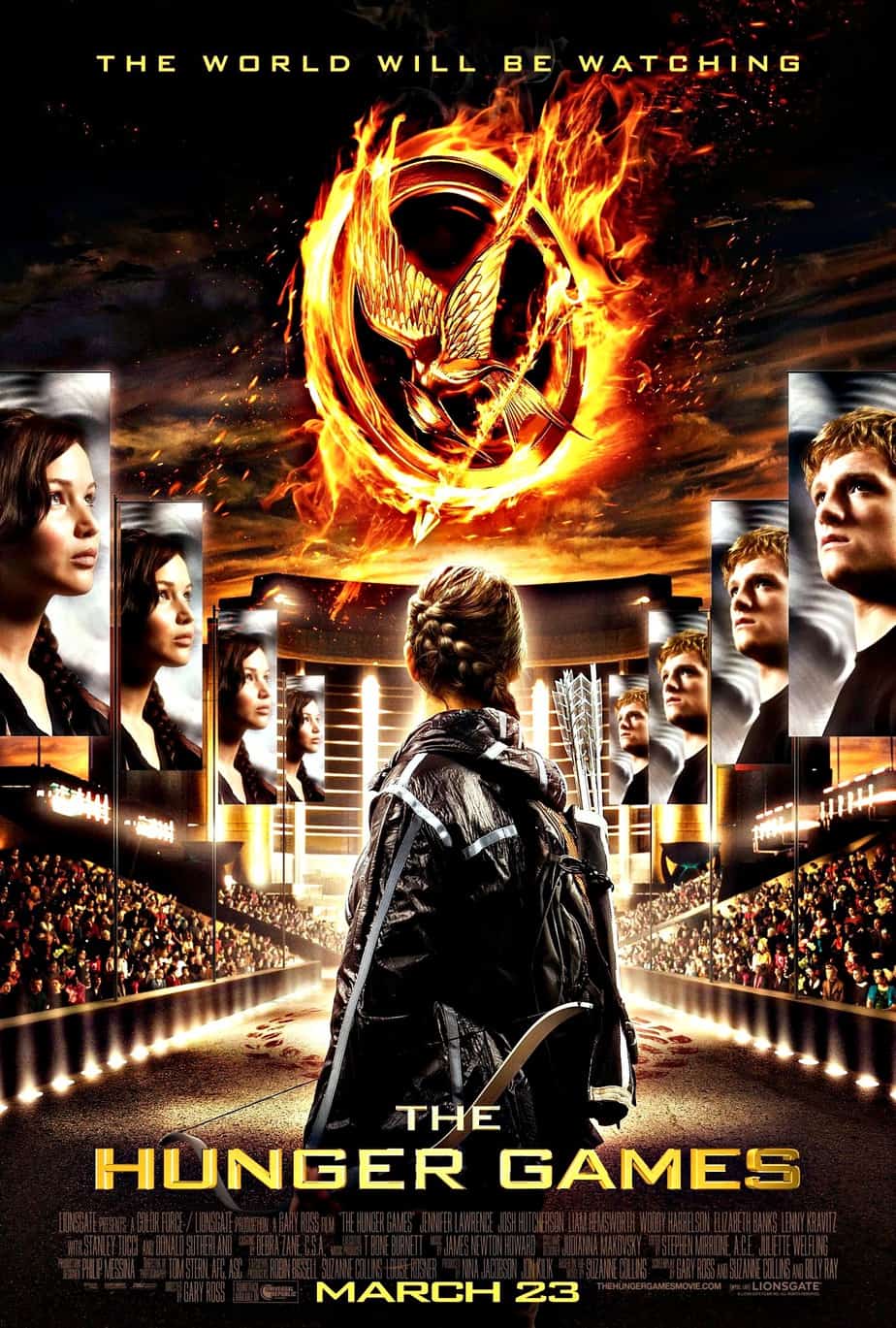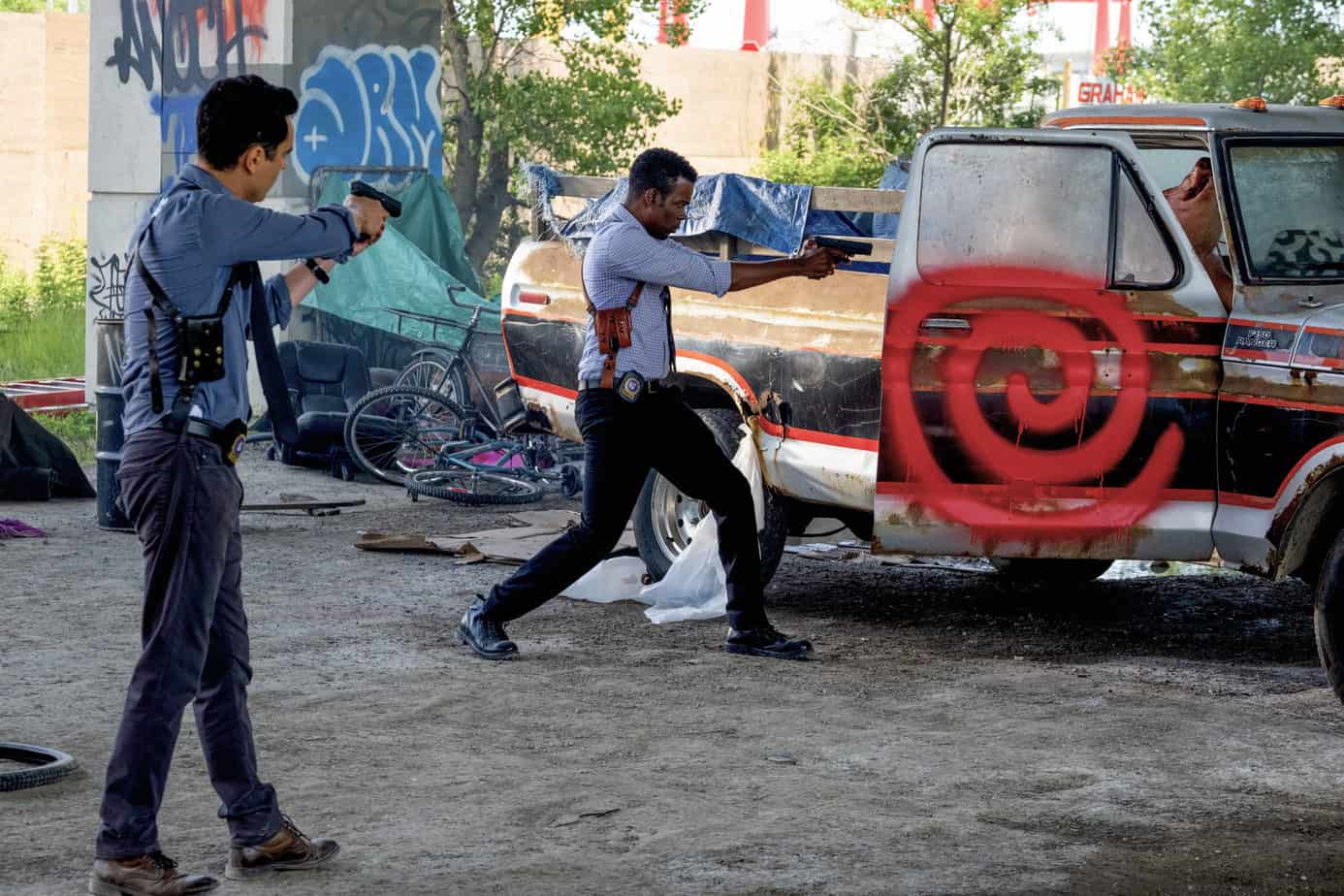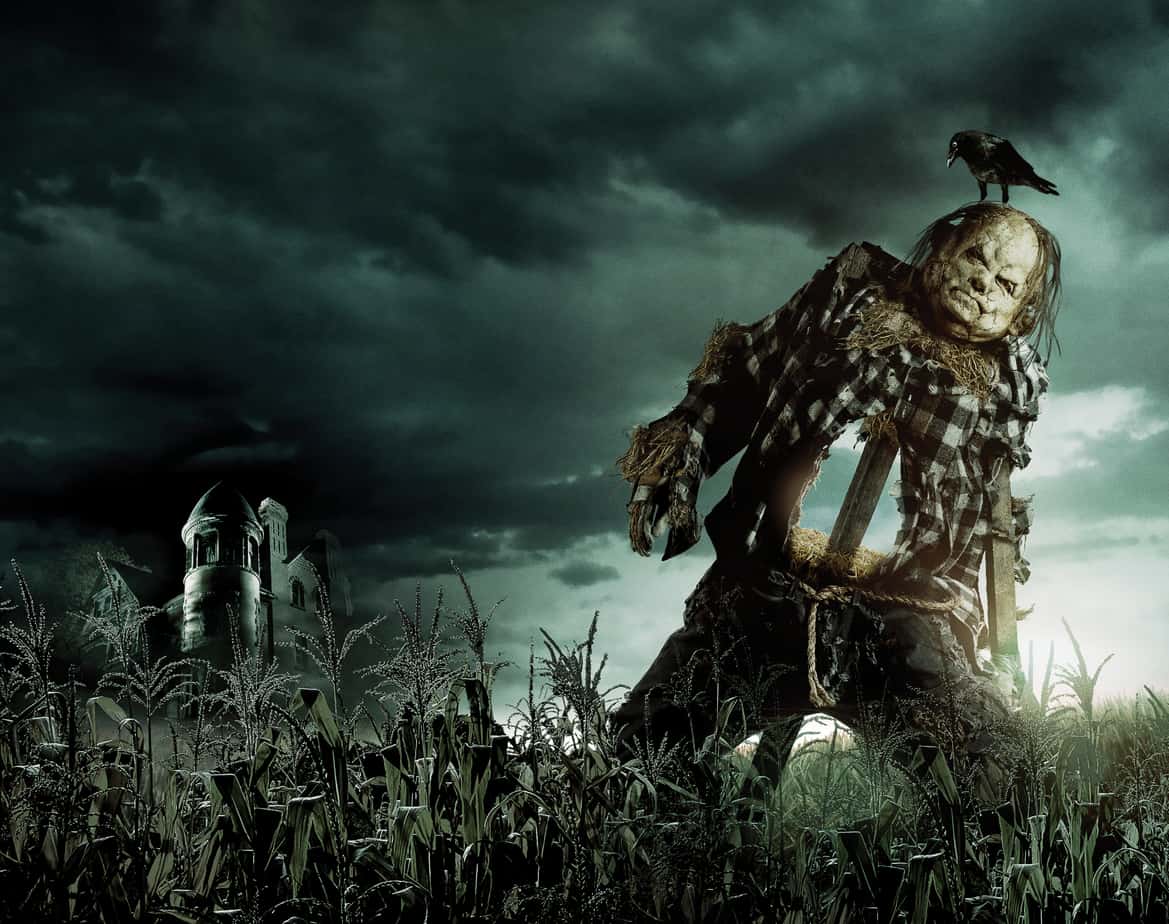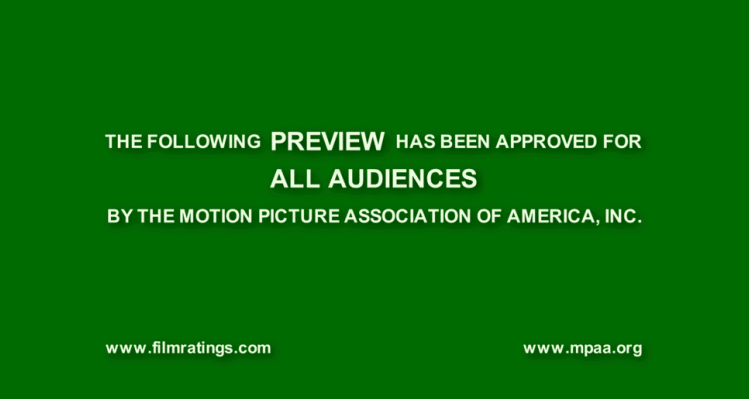
Movie Review: ‘THE HUNGER GAMES’ (Michael’s Take)
We are running with two reviews of The Hunger Games to give readers two perspectives on this new adaptation. Michael Haffner has read the novel by Suzanne Collins while Andy Triefenbach has not. Read Andy’s review here to see if it is different from Michael’s.
I’m going to start out with a bold statement first just to get it out of the way. Not only is The Hunger Games film better than the book, but it actually expands on Suzanne Collins’ universe which ultimately elevates the film to more than just a teenage love-story. This statement may upset some die-hard fans of the book and its subsequent sequels. However, it is true. Director and writer Gary Ross has teamed up with the series creator and screenwriter Billy Ray to streamline the long-winded 370 page young adult novel into a lean, brutal, emotional, story that is equally relatable for fans and newcomers alike.
If The Hunger Games is a window to what our future holds, it doesn’t necessarily look bright for the majority of us. Well . . . at least 99% of us (insert political undertones here). In Panem, the people are divided into Districts which all serve to “feed” the wealthy capitol. Each District has their own purpose and trade which are closely monitored in order to keep the public at bay. As a result of an uprising that happened in District 13 some time ago, one boy and one girl from each of the twelve districts are sent off into an arena each year to fight to the death for the enjoyment of the masses. This is the The Hunger Games. Katniss Everdeen (Jennifer Lawrence) is a tough, seemingly normal, provider for her family – consisting of a distant mother and a young and scared little sister – when she is willed to enter the Games in place of her sister Prim. What follows is a journey that shows the corrupt inner workings of the games and the formation of new friendships that may be severed as the games go on.
The idea of man-hunting-man was first conceived in the chilling 1924 short story The Most Dangerous Game. The irony here is that I first read this story when I too was about the age of the young tributes (around 14) sent into the arena to murder one another. It’s a scary concept that became all the more familiar with a number of movies (Running Man, Hard Target, etc.) that explored similar terrain. Most recently a Japanese adaptation of a 1999 novel entitled Battle Royale also dealt with teens – in this case all classmates – killing one another while the government looks on. So it was with pleasant surprise that I found myself enjoying the book as much as I did considering the lack of originality on display. Although its narrative priorities were somewhat askew – placing too much of an importance on a forced love triangle – the book still painted a hopeless world that felt all its own. The sullen world that Katniss lives in followed later by the opulence of the Capitol are extremely palpable. It is these environments that I found even more intriguing than the arena splatter.
This is just one of the many reasons why Gary Ross should be commended for this pitch-perfect adaptation. He instantly places you into this story through his handling of the landscapes. He’s created an emotional world that you instantly understand and can relate to. Aside from a few short sentences at the beginning of the film, Ross and his director of photography Tom Stern (who shot last year’s phenomenal Sleepless Night) set a bleak mood in the beginning twenty minutes by capturing subtle details like that of a random man practically eating the marrow off his last chicken bone. He intentionally captures every speck of dirt and look of despair as the children wait in hopes to not hear their name called by the games announcer Effie Trinket (Elizabeth Banks). Stern incorporates a lot of handheld work in these early scenes and later during the games that adds a grittiness to the whole affair. The stark realism is felt even more by highlighting the natural sounds of the environment. James Newton Howard and T Bone Burnett have crafted a unique but not overpowering score that makes its presence known during some integral scenes. Applause goes out to them both for not infusing some pop song of our current times during the middle of the film; that omission did not fall on deaf ears.
Teen fans who cling to every longing thought of Katniss as she determines her feelings for two different men from the story might be disappointed. As one would expect from the film, the book’s ongoing internal monologues while Katniss hides away in the trees or in the cave are completely gone; leaving Jennifer Lawrence to convey the turmoil through her physical features. Thankfully to the delight of this fan, Lawrence not only straps on Katniss’ signature bow and mockingjay pin, but she is with-out-a-doubt Katniss Everdeen. This is a career defining role for the young actress and she makes it all her own. She plays the fierce, determined, and strong-willed heroine with such ease and efficiency. It is not even a question of whether she will please fans of the book or not.
Rounding out the impressive cast are such talented actors as Stanley Tucci, Toby Jones, Woody Harrelson, Donald Sutherland, and a pleasantly surprising Lenny Kravitz. All of the actors mentioned shine in the handful of scenes they are given. Extra scenes are thrown in featuring President Snow (Donald Sutherland) and Seneca Cane (Wes Bentley) that weren’t included in the original book. Again, these actually add depth to the games and give us just as vicious of a scene behind the games as the fighting in the woods.
Fans of blood and gore are going to have to remind themselves that they are watching a PG-13 film. Though the violence is pushed to some minor extremes during the opening game melee, for the better half of the film we are left to leaving most deaths to our imagination. I do admit that I did feel that this at times comes off as forced and can become distracting. The shaky camerawork obscures some views quite cleverly while a few deaths are changed purposefully to avoid the gruesomeness that was featured in the book. A boy is now shot in the chest with an arrow instead of being shot through the neck as the book portrayed it.
Most of the issues I had with the film actually stemmed from the games themselves. In what can surely be seen as an attempt to shorten the film to its 2 hour and 20 minute length, the tension leading up to many of the big set-pieces are just not there. As a result the games aren’t nearly as exciting as I envisioned them to be. My final complaint has both to do with the book as well as the movie: the ending. Without giving anything away, the movie fixes the BIG problems I had with Collins’ plodding ending. Ross’ film simplifies the finale a bit while still being true to the book . . . just more concise. On the other hand, the ending of the games in the movie seems to rush in out of nowhere before you really get to catch your breath. An inevitable Blu-ray ‘Director’s Cut’ that will most likely hit stores just in time for the holidays will hopefully fix this.
Whether it was the drab, colorless community of District 12 or the foppish, clown-like couture of the residents of the Capitol, this film adaptation of the acclaimed and popular book meticulously breathes life into Suzanne Collins’ future dystopia. It goes without saying that this film will make millions of dollars and the teenage fans of the series will rediscover through Jennifer Lawrence’s brilliant performance why they fell in love with Katniss in the first place. Yet, it is a bigger feat that a successful adaptation has been made that will also entertain the causal filmgoer. The Hunger Games is a solid and well-made sci-fi effort even though it may come across as a slightly watered-down version of previous stories that deconstructed man’s own inhumanity.



